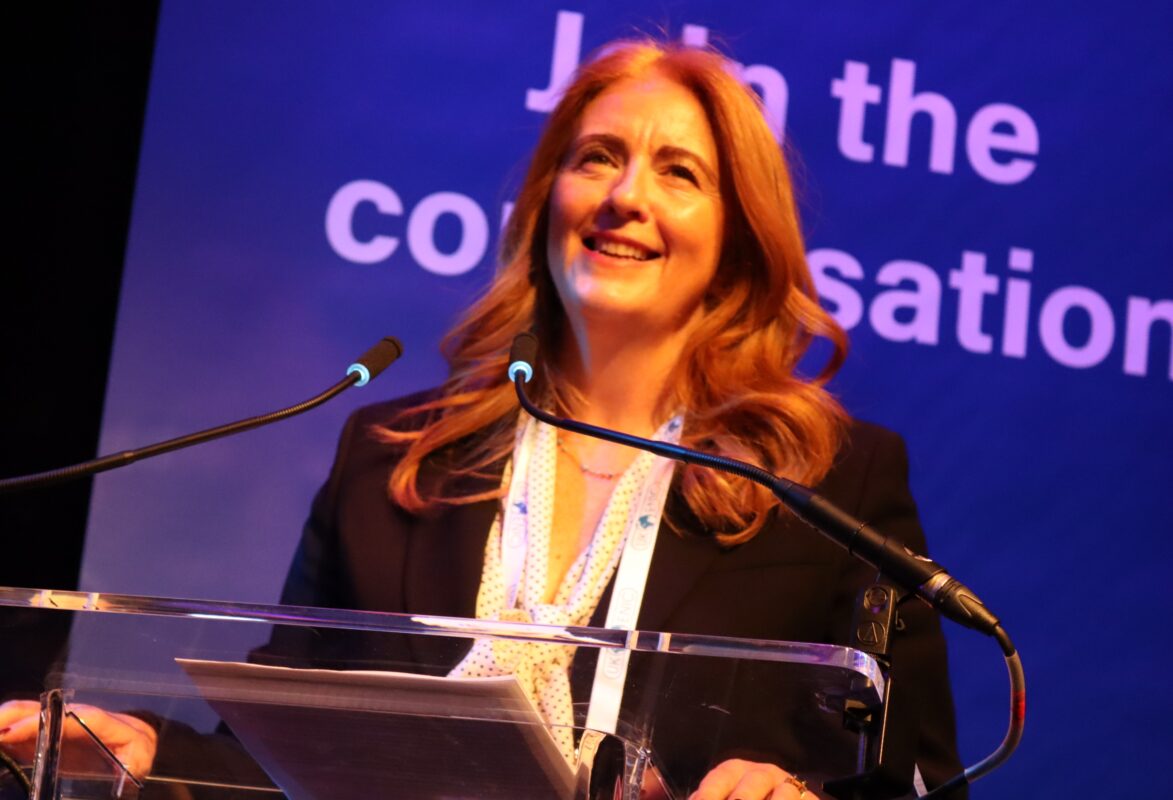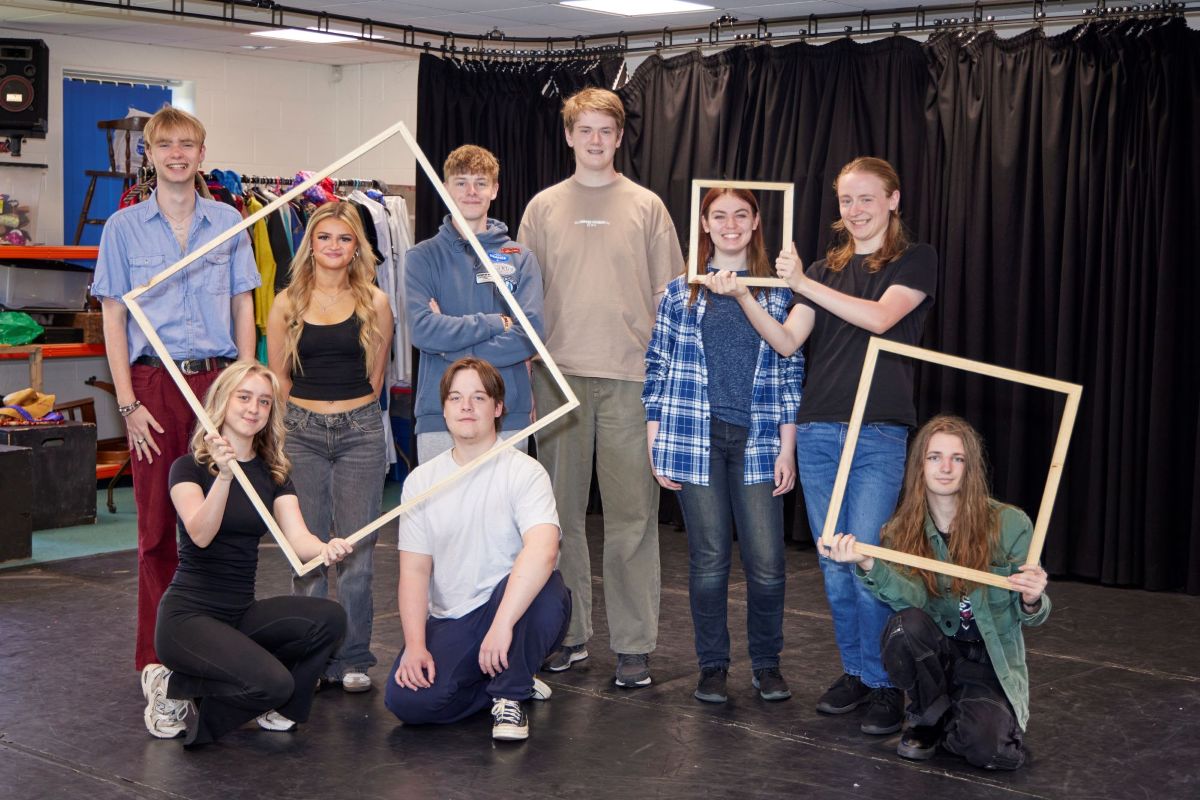Reducing sexual harm in FE – going beyond safeguarding

In this article, Deborah Jenkins discusses the need to go beyond safeguarding in order to reduce sexual harm in the further education (FE) sector. Deborah explores the historical context of the Cleveland Child Abuse Scandal and the subsequent creation of the Children Act 1989, which laid the foundation for the safeguarding industry.
Despite the widespread implementation of safeguarding measures, sexual abuse still persists in various institutions. Deborah highlights the challenges specific to the FE sector, such as porous physical spaces and a lack of understanding of current cultural and sexual environments. TDI aims to promote shared accountability and provide tools to reduce sexual harm.
Despite the concept of safeguarding being an intrinsic part of everyday life and crucial to the fabric of most organisations, the risk of sexual harm today seems higher than ever. Deborah Jenkins explores the increasingly complicated environment in which we’re working, the unique set of challenges that are faced by the FE sector, and how each and every one of us can play our part in reducing the risk of sexual harm and creating safer communities.
The creation of the Children Act and TDI – and the sexual abuse scandal that preceded it
I’m going to start by going back 30 years when a particular scandal was still reverberating around the UK, six years after it had first come to the public’s attention. Between February and July 1987, two hospital doctors in Middlesbrough in the North East of England had identified 121 children whom they believed to be victims of sexual abuse, all of whom were then removed from their families, some in the middle of the night. The pressure on social services was such that some of the children had to be accommodated in a hospital ward.
In May 1987, parents of the children marched from the hospital to the press and the story hit the headlines. Dame Elizabeth Butler Sloss was appointed to carry out an investigation into the accusations, and in 1988 published her report, which found inconsistencies resulting in 94 of the children being returned to their parents.
At the time, public and political outrage around what was perceived as a terrible injustice to innocent parents created a strong disincentive for agencies to pursue concerns. However, in 1997, a highly contentious BBC documentary found evidence that many of those children returned to their parents were subsequently removed again and the abuse against them had been confirmed.
What became known as the Cleveland Child Abuse Scandal was a strong factor in the creation of the Children Act 1989, which laid down duties for agencies to safeguard children and promote their welfare. This was fully implemented in 1993, creating the birth of what was to become the safeguarding industry with which we are now all familiar.
Against this febrile background, Sue Winfield (at the time second in command of the Northumbria Probation Service), was particularly concerned about how known sex offenders were being managed. Communications between agencies were sparse, offenders could be released from prison and disappear into communities to reoffend, and time and again, opportunities to prevent sexual harm were lost because the trail of decision-making was weak.
She asked me to chair a small group of professionals brought together to explore how better multi-agency working might improve the oversight of sex offenders. TDI (The Derwent Initiative) was founded as a charity in 1993 and has spent the last 30 years seeking pragmatic ways to reduce the risk of sexual harm in our systems, institutions, and places.
We’re ticking the safeguarding boxes… but sexual abuse is still occurring
Today, the concept and practice of ‘safeguarding’ has become part of everyone’s vocabulary. The vast majority of organisations have policies, protocols, operating procedures and officers responsible for ensuring that legislation and regulation is complied with. No contract can be agreed, no grant received, no significant vacancy filled, without evidence that boxes have been ticked, that steps have been taken, that attention has been paid to following the rules. Thousands of jobs have been created, and tens of millions of pounds are spent each year in an effort to prevent sexual offending.
And yet, and yet….. it does not feel as though we are living in a simpler and safer world. People are still sexually assaulted in places that should be safe – prisons, hospitals, secure units, care homes, children’s homes, schools, colleges, and places of worship. The media is full of instances of people who should have been being observed and managed by ‘the system’ committing terrible sexual crimes. It also conversely highlights examples of what the media expresses as ‘the nanny state’ and ‘safeguarding gone mad’ – men not allowed to sit next to their own children on planes or challenged if they want to share a hotel room with their daughter.
A changing world – the opportunities and the risks
Technology has changed access and communication and it seems likely that many boys in particular, are exposed to extreme pornography from an early age, which is setting their expectations of sexual behaviour to be very different from those of their fathers and grandfathers. And then through social media, girls in particular, but not exclusively, are influenced to accept sexual harassment as normal which would have been seen as unacceptable by their mothers and grandmothers. This is all demonstrably taking a toll on both mental and physical health.
Online dating brings huge freedoms and opportunities, but also huge risks – most often for girls and women, but also frequently for boys and men. An endless cavalcade of high-profile cases undermines trust in institutions and roles – police officers, social workers, taxi drivers, teachers, faith leaders – and brings outpourings of affirmation and shared experience through social media.
The murder of Sarah Everard not only reminded us that it is normal for women to be afraid of going home alone at night, but also taught us about savvy young people going on a first date and thrusting a couple of their hairs down the side of a taxi seat cushion in case their DNA needs to be found if they disappear.
The unique challenges within FE
Organisations in the FE sector face a particularly interesting combination of challenges in this context. The physical spaces are likely to be relatively porous and complex to monitor. Interaction between students and staff may be intermittent, with students only attending two or three days a week, and not residential on campus. Ages may range from below 16 to older adults, but with a concentration on 18-24s, many of whom have had very little opportunity for normal interaction and learning during the Covid years.
Expectations from regulators are high, but ability to manage behaviours is constrained. There may be very considerable separation of experience and detailed understanding of current cultural and sexual environments, between those accountable at the top of the organisation and the student population. We know from recent reports (as well as online initiatives such as ‘Everyone’s Invited’, and a great deal of anecdotal evidence), that large numbers of children and young people feel pressured and unsafe in the very institutions that should be safe places for them, despite all the efforts adults make.
Over the three decades in which I have been working with TDI, I have been very much struck by the enormous growth in the complexity and responsibility which has been put upon the shoulders of those working in, and accountable for, organisations in relation to these issues.
Through our Leisurewatch scheme, for instance, which supports organisations running public spaces (ranging from swimming pools and leisure centres to bus stations and libraries), we’ve talked to people whose jobs have changed beyond recognition. Somebody who runs a large railway station started their career being concerned about the trains running on time, nobody falling onto the tracks, and pickpockets in the rush hour. Now, in addition to those things, they have to be alert to so much more.
From paedophile hunters using their station as a honeypot for a sting, to vulnerable young people in the care system coming in from the suburbs and falling into bad company, to signs of modern slavery, to predators hanging around shops which appeal to young girls after school, to groups of young people mobilised on social media trashing stations on the metro system, and to aggressive behaviour to their staff filmed on phones and disseminated live on the internet.
All of that within an enormous and immensely complex construct of legislation, regulation, cultural minefields, and organisational and personal risk.
It’s understandable that many people become overwhelmed by the complexity they must deal with in their roles. Although they will have had basic safeguarding training, often online, and will be more or less familiar with their organisation’s protocols, that’s often not enough. Our three decades of working with people in these roles have revealed they can feel that they may get into trouble for expressing opinions, they’re worried that there will be consequences if they report something that makes them uneasy, they’re not sure whether something they may be seeing is legal or not.
Although there are very many organisations which can offer help and advice, for most people, safeguarding is only one element of their job amongst many, and few have the time or the resources to become a subject expert.
Shared accountability and gaining the knowledge and tools to reduce sexual harm
TDI has always been interested in engaging as many people as possible in gaining the knowledge and tools to reduce the risk of sexual harm in their lives, and particularly in their workplace. There are practical steps that leaders can take to promote a culture of shared accountability that goes beyond conventional safeguarding.
Embarrassment, uncertainty, cynicism and a sense of powerlessness all create opportunities for harm, and it’s important for leaders to be aware of the gap between apparently sensible policies and protocols and the day-to-day experiences of their colleagues trying to implement them.
In collaboration with educational charity and awarding organisation NCFE, TDI has recorded a series of six podcasts looking at the questions leaders in FE might want to consider as they find their way through an increasingly complicated environment in relation to sexual behaviour and harm.
Whilst none of us can eradicate sexual harm, we can all cultivate defensible decision-making, and that starts with gaining an understanding of what’s actually going on in an organisation. We’ve picked six topics which we hope will give a framework to thinking about next steps and stimulating a constructive debate to reduce the risk of sexual harm in FE:
- The Big Picture
- The legal context
- The impact of technology
- Accountability
- Compliance
- Creating a Safer Community
Speak to us – we want to hear your views
We’re really interested in getting your views as to what might make a difference in FE and look forward to contributing whatever we can to the debate. Get in touch with us via info@tdi.org.uk or www.tdi.org.uk/fe-news/ to let us know about your challenges and what support and solutions you’re looking for.
FE News on the go…
Welcome to FE News on the go, the podcast that delivers exclusive articles from the world of further education straight to your ears.
We are experimenting with Artificial Intelligence to make our exclusive articles even more accessible while also automating the process for our team of project managers.
In each episode, our thought leaders and sector influencers will delve into the most pressing issues facing the FE sector, offering their insights and analysis on the latest news, trends, and developments.












Responses